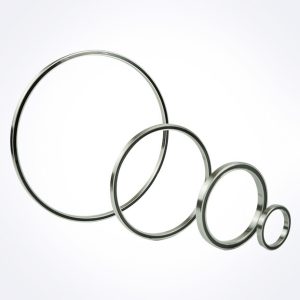Introduction
In this detailed exploration, we examine the risks and benefits of using used bearings. Bearings are crucial mechanical components in machinery, and their condition significantly impacts the performance and longevity of equipment.
Benefits of Using Second-Hand Bearings
Cost Savings
One of the primary benefits of opting for second-hand bearings is the cost factor. New bearings can be quite expensive, depending on their type and specifications. In contrast, used bearings often come at a fraction of the price, offering significant budget relief, especially for small businesses or individual users. For example, a new high-precision bearing might cost around $500, while a similar second-hand option could be available for as little as $200.
Environmental Impact
Utilizing second-hand bearings also contributes to environmental sustainability. By reusing these components, we reduce waste and the need for new material production, thereby conserving resources and energy. This practice aligns with the principles of circular economy and responsible consumption.
Risks of Using Second-Hand Bearings
Reduced Lifespan and Reliability
The lifespan of a bearing is a critical factor. New bearings typically offer a lifespan of several years, depending on usage conditions. However, second-hand bearings may have already endured a significant portion of their usable life, leading to a reduced lifespan. For instance, a bearing that would normally last 10 years might only have 3-4 years of effective operation left if it’s second-hand.
Potential for Hidden Defects
Second-hand bearings can have internal wear and tear that is not immediately visible. This hidden damage can result in unexpected breakdowns and maintenance issues, affecting both the efficiency and safety of machinery. For example, micro-cracks or corrosion within the bearing can lead to sudden failures during high-speed operations.
Impact on Machine Efficiency
The efficiency of machinery heavily relies on the condition of its bearings. Worn or damaged second-hand bearings can decrease the overall efficiency of a machine. In specific numbers, a new bearing might maintain an efficiency rate of 98%, while a used one could drop to around 90%, leading to increased energy consumption and operational costs.
Compatibility Issues
Used bearings might not always match the exact specifications required for certain machinery, leading to compatibility issues. Precise dimensions, tolerances, and material properties are essential for optimal machine performance. Even slight deviations in size or material quality can significantly affect the functioning of the equipment.
Conclusion
While second-hand bearings offer cost-effectiveness and environmental benefits, they also carry risks like reduced lifespan, potential defects, impact on machine efficiency, and compatibility concerns. It’s crucial to weigh these factors carefully and conduct thorough inspections before deciding to integrate used bearings into machinery.
